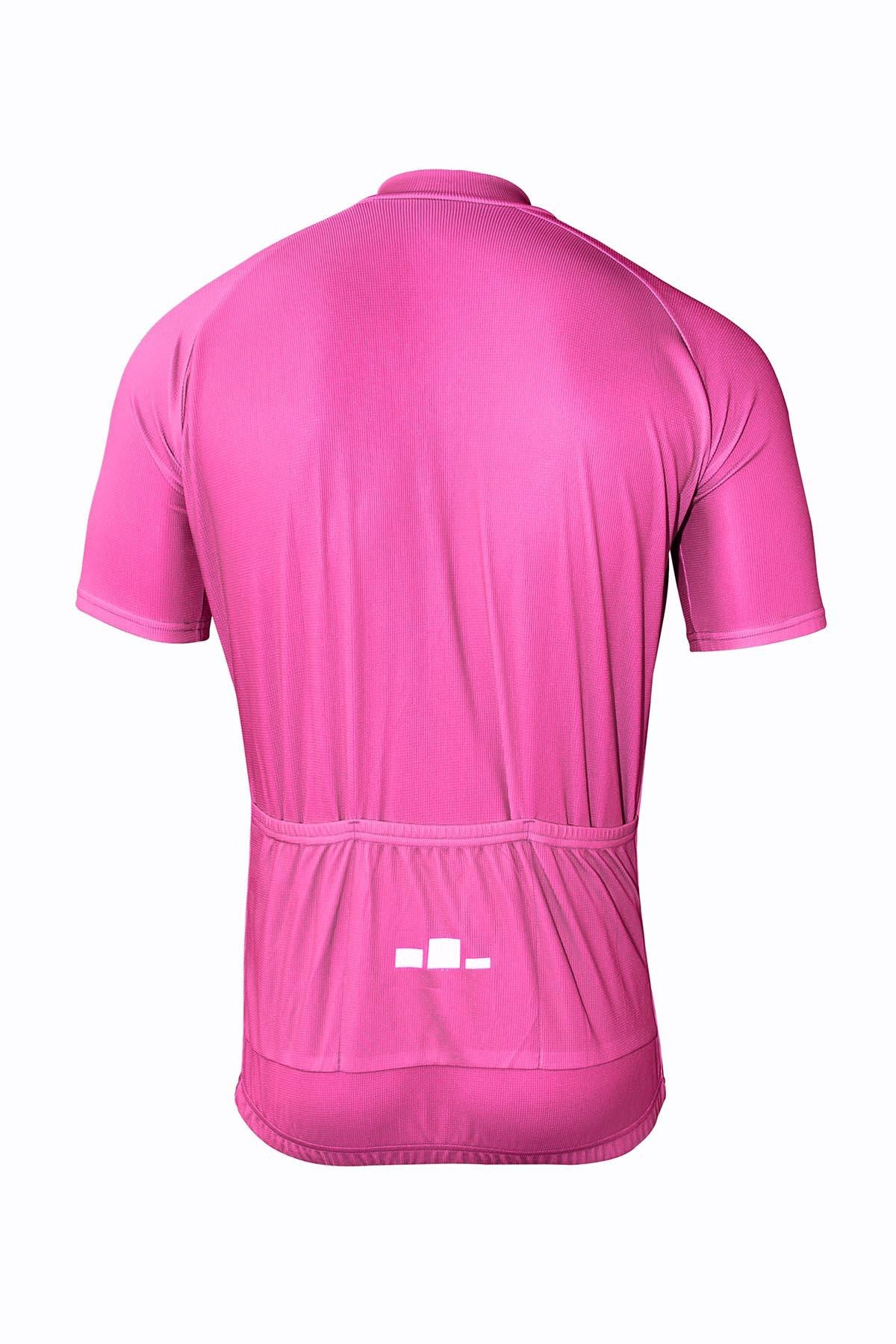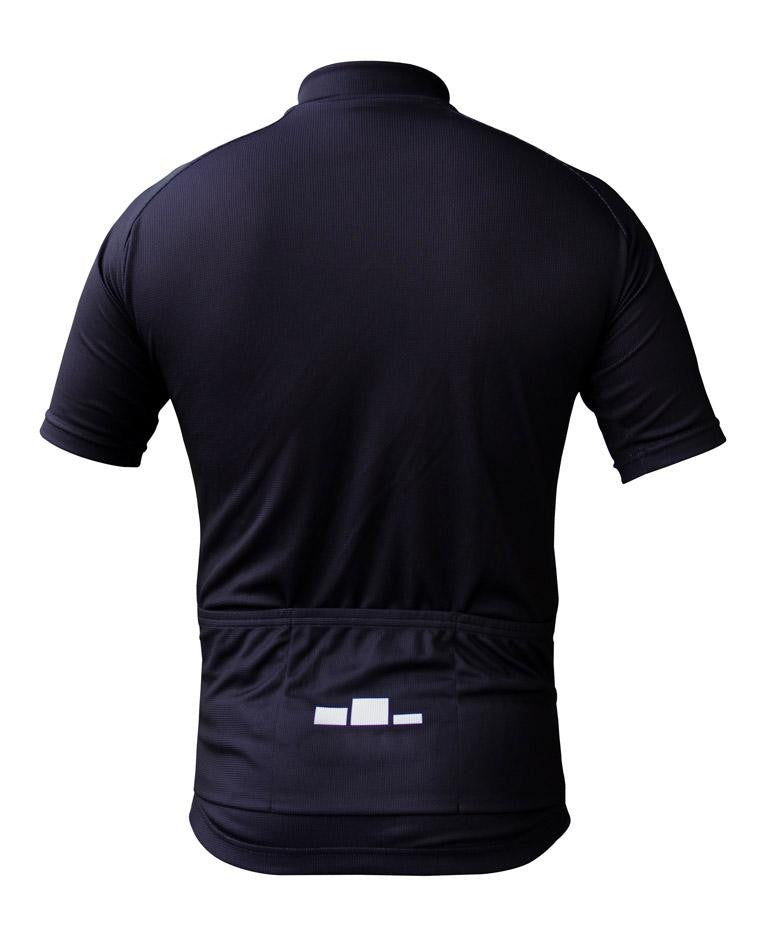The History of Custom Cycling Jerseys and Their Evolution in Road Cycling
Custom cycling jerseys have become an iconic staple in the sport of road cycling. From professional teams to recreational cyclists, these unique pieces of clothing serve as a way to show pride in the sport and in one's own team. To understand the evolution of cycling jerseys, it is important to look at where they began and how they have changed over time.
While the general design of cycling jerseys has remained the same since they were first created, the materials and styles of the jerseys have evolved to fit the needs of the sport over the years. Before the advent of contemporary cycling jerseys, riders wore woollen jerseys with button-down collars, often with the team logo on the front chest. As the sport of road cycling developed, lighter, more aerodynamic materials began to be used in the construction of jerseys. This allowed for better performance and comfort for cyclists, as well as the addition of more intricate designs and patterns.
In the modern day, custom cycling jerseys are a popular choice for professional and recreational teams alike. While the classic slim-fit jersey is still popular, modern custom cycling jerseys come in a variety of styles, including sleeved and sleeveless designs. Additionally, there is a wide range of materials used in the construction of the jerseys, with many companies offering customized creations specific to a team or rider. With the addition of sublimation printing technology, teams and riders can also add intricate designs, logos, and patterns to their jerseys.
In this blog post, we will explore the history of custom cycling jerseys and their evolution in road cycling. We will look at how they have changed over the years and how they have become an essential part of the sport. We will also discuss the advancements in materials and technologies that have allowed for the creation of custom cycling jerseys with intricate designs and patterns.
The History of Custom Cycling Jerseys and Their Evolution in Road Cycling
Custom cycling jerseys have been a staple of the cycling world for decades, representing the teams, clubs, and individual riders who take to the roads and trails. As the sport has evolved, so too has the design of cycling jerseys, and today's cycling jerseys are a far cry from the ones that were worn by cyclists in the past.
The Early Days of Custom Cycling Jerseys
The history of custom cycling jerseys dates back to the early days of competitive cycling in the 19th century. Back then, custom cycling jerseys were basic and simple, with a basic white or black design and no logos or branding. Riders would often decorate their jerseys with their own designs and logos, or with the colors of their clubs or teams. Over time, as the popularity of cycling grew, so too did the complexity of cycling jerseys.
Modern Custom Cycling Jerseys
Today, custom cycling jerseys have evolved to become technical pieces of apparel designed to help cyclists perform their best. The fabrics used in these garments are designed to offer breathability and moisture-wicking properties to keep cyclists cool and comfortable while riding. They also feature more intricate designs, with a variety of logos, graphics, and colors to make them stand out from the crowd. In addition, many modern cycling jerseys come with pockets and other features to help carry nutrition and other items while on the bike.
The Benefits of Custom Cycling Jerseys
Custom cycling jerseys provide riders with a sense of pride and unity, as well as the ability to show off their team or club colors. They also offer performance benefits, such as improved aerodynamics, breathability, and moisture-wicking capabilities. In addition, custom cycling jerseys are often made from lightweight and durable fabrics, making them comfortable and long-lasting. Lastly, custom cycling jerseys help to promote a team or club's brand and can help to boost its visibility.
The Future of Custom Cycling Jerseys
As cycling continues to grow in popularity, so too will the demand for custom cycling jerseys. We can expect to see more innovation in the design and materials used in custom cycling jerseys, as well as more advanced features such as additional pockets and reflective materials. Additionally, custom cycling jerseys will continue to be a great way for teams and clubs to separate themselves from the competition and make a statement.
Conclusion
Custom cycling jerseys have come a long way since their inception in the 19th century. Today, they offer riders a sense of pride, performance benefits, and the ability to stand out from the crowd. As cycling continues to grow in popularity, so too will the demand for custom cycling jerseys, and we can expect to see more innovation and advanced features in the future.
The history of custom cycling jerseys and their evolution in road cycling has been an interesting journey. From the days when riders were only able to purchase what were essentially t-shirts with little design, to the incredibly intricate and customized jerseys of today that represent a rider’s team, history, country, or cause, the custom cycling jersey has come a long way. Today, custom cycling jerseys are highly sought after and can be seen in professional road cycling races all over the world. They are often designed to be aerodynamic and lightweight, giving riders the best chance to perform at their peak. The fabrics used are also designed to keep riders cool and protected from the elements. Custom cycling jerseys are more than just performance gear. They are a way for riders to express themselves and make a statement on the road. From the colors, designs, and materials used, riders have the ability to create unique jerseys that make them stand out from the crowd. As technology advances and the cycling industry continues to grow, custom cycling jerseys are likely to become even more popular and sophisticated. Riders will have access to new fabrics, designs, and colors that will allow them to express themselves even more. The history of custom cycling jerseys is one that is sure to continue to evolve and serve as a testament to the commitment and passion that cyclists have for their sport.










